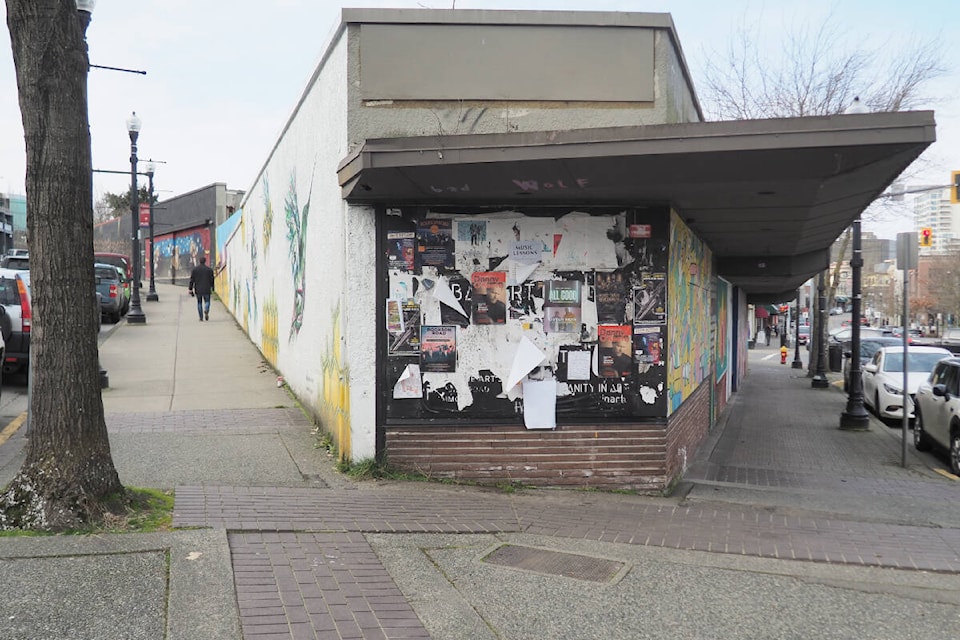BY AISHWARYA THABITHA
The street is a public space that has evolved over the years, taking on many different forms and purposes, and it is more than just a means of transportation. So why are most of the streets in Nanaimo car-centric rather than human-centric?
One way to activate the public realm is by creating more pedestrian-friendly streets. According to the city’s transportation master plan, the number of walking trips are to be doubled by 2041. Can this be achieved without implementing street-oriented designs?
Traditionally, streets have been primarily designed for cars, with pedestrians and cyclists treated as an afterthought. However, as cities worldwide have recognized the importance of streets as public spaces, they have begun re-designing their streets to serve people’s needs better.
By making streets more inviting to pedestrians, we can encourage people to walk and socialize, positively impacting community well-being. Pedestrian activity can help reduce traffic congestion, improve air quality, and provide a safe and convenient way for locals to get around.
So, how can we activate the public realm of the streets? This can be made possible by widening sidewalks, adding seating areas, and incorporating public art. Another way is by creating more community spaces on the streets, like parklets, pop-up markets, and outdoor seating areas. By providing more spaces for people to gather and socialize, we can create more opportunities for community-building and engagement. Creating public spaces is more than just adding benches or plants – it is about creating a safe and inviting environment that is accessible to all. This includes features like well-lit sidewalks, accessible ramps, and bike parking. It also means involving community members in the design process to ensure that public spaces reflect the needs and desires of the community.
Street-oriented design could create a more inviting and aesthetically pleasing environment, which could positively impact local businesses and further contribute to economic growth in Nanaimo. Additionally, it can create jobs and financial opportunities by providing spaces for events and businesses to operate. Furthermore, public spaces can be used to improve safety and security in the area, which can help businesses to succeed, as customers may feel more comfortable in a safe area. Finally, public spaces can create a sense of community and a more vibrant atmosphere, attracting tourists and other visitors to the area. Ultimately, creating and utilizing public spaces can positively impact the local economy and can be a great way to stimulate growth and development.
Prioritizing pedestrians, cyclists, and public transit over cars will make our streets safer and more pleasant for everyone, and it will also reduce our carbon footprint. Moreover, by creating more public spaces, we can foster a stronger sense of community where people can come together and connect.
Nanaimo’s streets have the potential to be more than just a means of transportation. Of course, this will require a significant investment of time and resources. However, the benefits far outweigh the costs. Hence, the city must co-operate with other levels of government to fund street re-design and infrastructure. Prioritizing people over cars can create a more livable, sustainable, and vibrant city for everyone.
Aishwarya Thabitha is a master of community planning student at Vancouver Island University.
OPINION: Divert precious dollars to buy Island-sourced food
OPINION: ‘Missing middle’ homes could help in housing crisis
editor@nanaimobulletin.com
Like us on Facebook and follow us on Twitter
